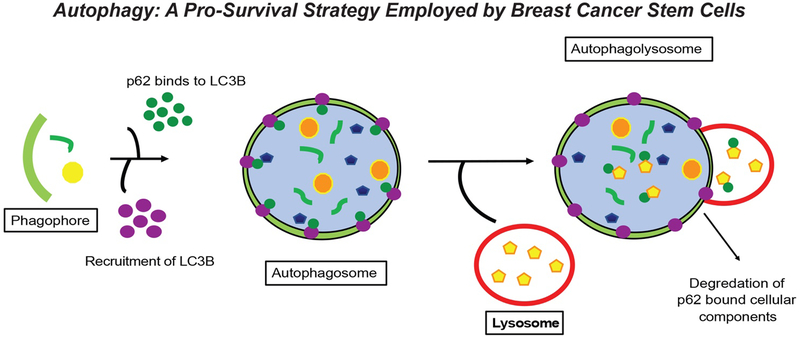Figure 2. Autophagy: A Pro-Survival Strategy Employed by Breast Cancer Stem Cells.
One of the pro-survival strategies employed by breast cancer stem cells during their acquisition of dormant states is autophagy, which facilitates the recycling of damaged or unnecessary organelles and/or proteins as a means to provide energy during periods of metabolic stress. Upon initiation of autophagy, the phagophore encircles those cellular contents targeted for autophagic degradation. LC3 is recruited to the phagophore and subsequently binds to the cargo adaptor protein, p62/SQSTM1. Upon doing so, a double membrane structure called the autophagosome forms and encircles cellular candidates for autophagic degradation. Subsequently, the autophagosome binds to the highly acidic lysosome to form the autophagolysosome, wherein p62/SQSTM1 bound cellular contents are degraded.

